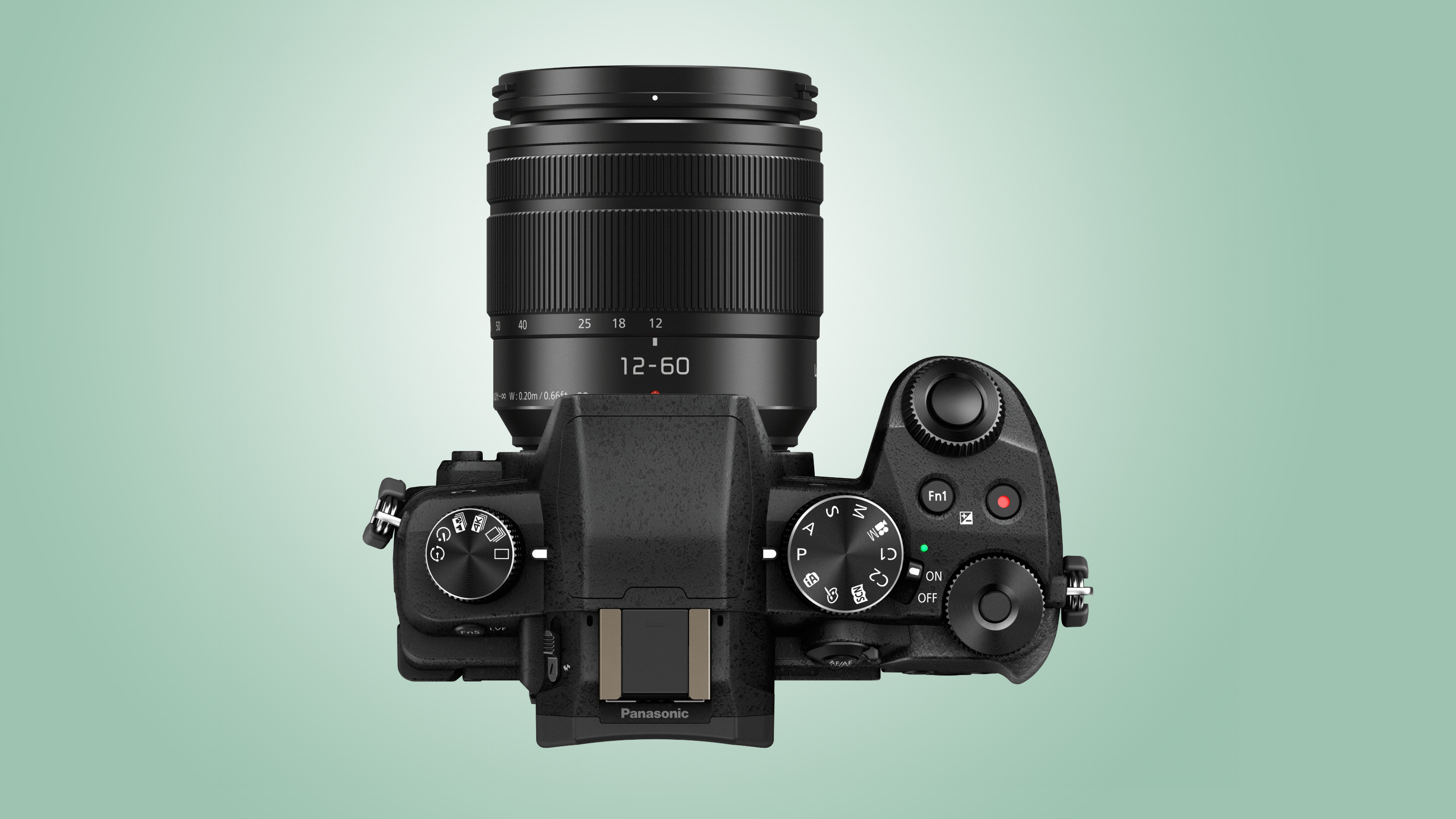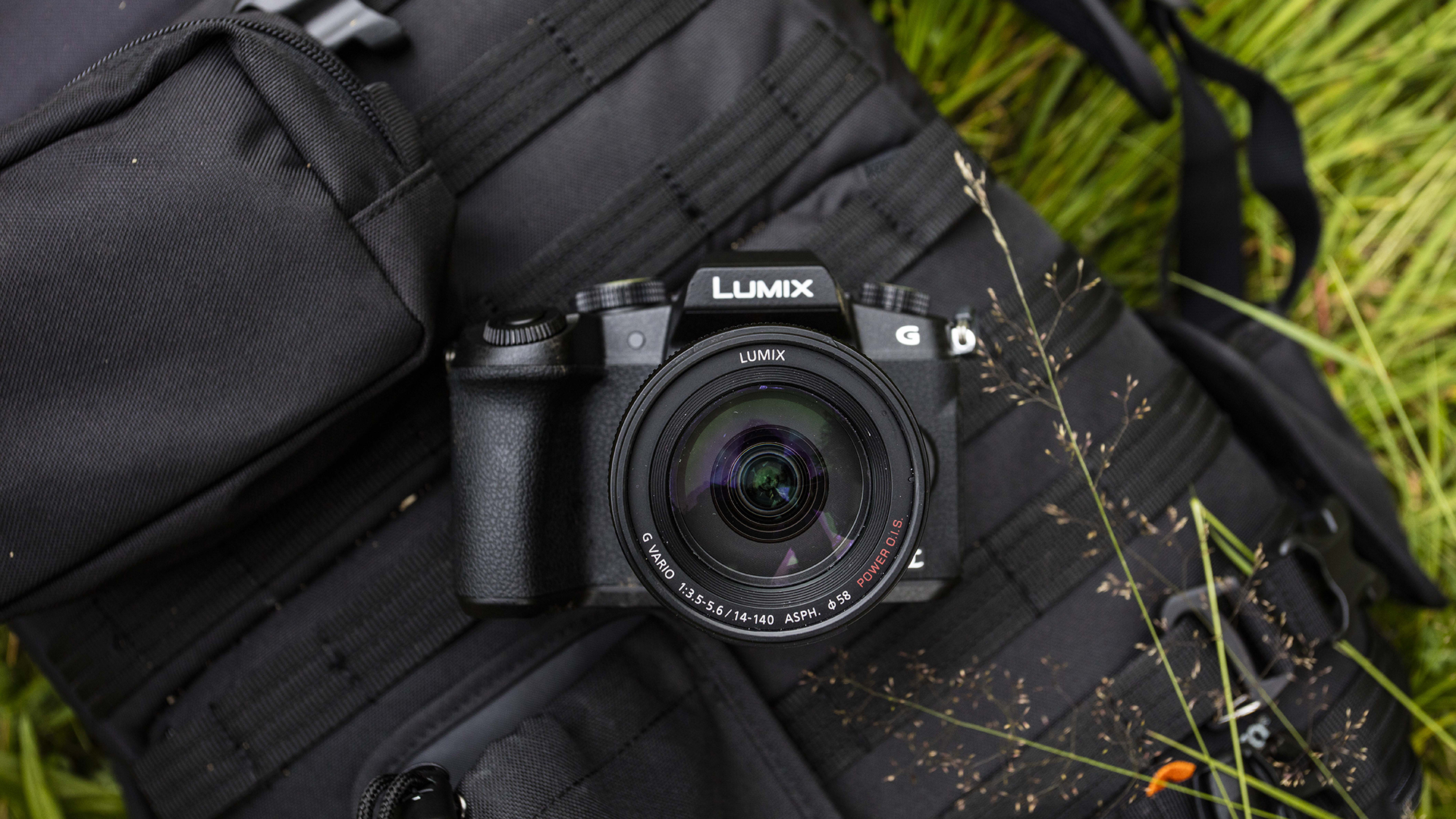Why you can trust TechRadar
Build and handling
- Magnesium front plate
- Splash-proof and dust-proof construction
- 505g
Outwardly, the Panasonic G80 looks very similar to the previous G7. Indeed, it's easy to mistake one for the other until you put them side by side, at which point small differences become apparent.
These include a slightly more pronounced grip on the newer model and repositioning of the memory card compartment, with the card now accessed through the side of the camera rather than via the battery compartment at its base. This news will be particularly welcomed by landscape, still life and macro photographers, as it means the card can be removed and replaced while the camera is mounted on a tripod.

The most significant changes have taken place around the back of the camera, although even these are limited to a few cosmetic changes and some repositioning of controls. Options that have been revised include the switch used to alternate between focusing modes, as well as the button that releases the flash from the top plate, which is now to the side of the viewfinder.
The DSLR-style design means the G80 fits far more comfortably in the hand than many other mirrorless models, and it can be used easily with just one hand. Some with larger hands may prefer a bulkier grip, but for everyone else, and particularly those who plan on using telephoto lenses, the balance is good.
Comfort is also provided by the rubber that’s been used around the grip and rear plate, although some prospective users may be put off by the relative flatness of many of the controls, from buttons that lack the expected travel to the front command dial, which is fairly flush with the grip. The small size of the groove to the side of the LCD screen also makes it a little awkward to pull the screen away from the body, which will irk those with larger fingers. A more minor issue is that the screen appears to move up and down a little, even when stowed, which is potentially a consequence of it only being attached to the camera by a single hinge.

We don’t necessarily expect cameras such as the G80 to offer any kind of weather resistance, so it’s very welcome when we get it. Despite the camera’s largely plastic body – the front plate makes use of magnesium, but this is not a camera with a build equivalent to a magnesium-alloy-bodied DSLR – Panasonic claims the model is protected against dust and splashes.
The company has also announced a new DMW-BGG1E grip for the camera that offers the same level of weather resistance, making the camera even more suitable for extended outdoor shooting sessions.
Sign up for breaking news, reviews, opinion, top tech deals, and more.
Autofocus
- 49-area AF system
- Multiple AF modes
- Post Focus function
Panasonic’s Light Speed AF system promises autofocus speeds as fast as 0.07 sec, and makes use of Depth From Defocus (DFD) technology, which quickly analyses two images with different sharpness levels to determine correct subject distance. The camera can be set to a 49-area focusing option when automatic subject detection is desired, although 1-Area, Pinpoint and Face- and Eye-detection options can be just as easily called upon.
The above options are joined by Tracking, which can be used with continuous focus when attempting to keep a lock on moving subjects. One new feature here is the option to adjust tracking sensitivity, something that’s becoming more common on recent cameras. Another option that wasn’t present on the G7 is Focus Stacking, enabling you to capture multiple images of the same subject with different points of focus before merging them into a single composite.
Current page: Build, handling and AF
Prev Page Introduction and key features Next Page Performance and image quality